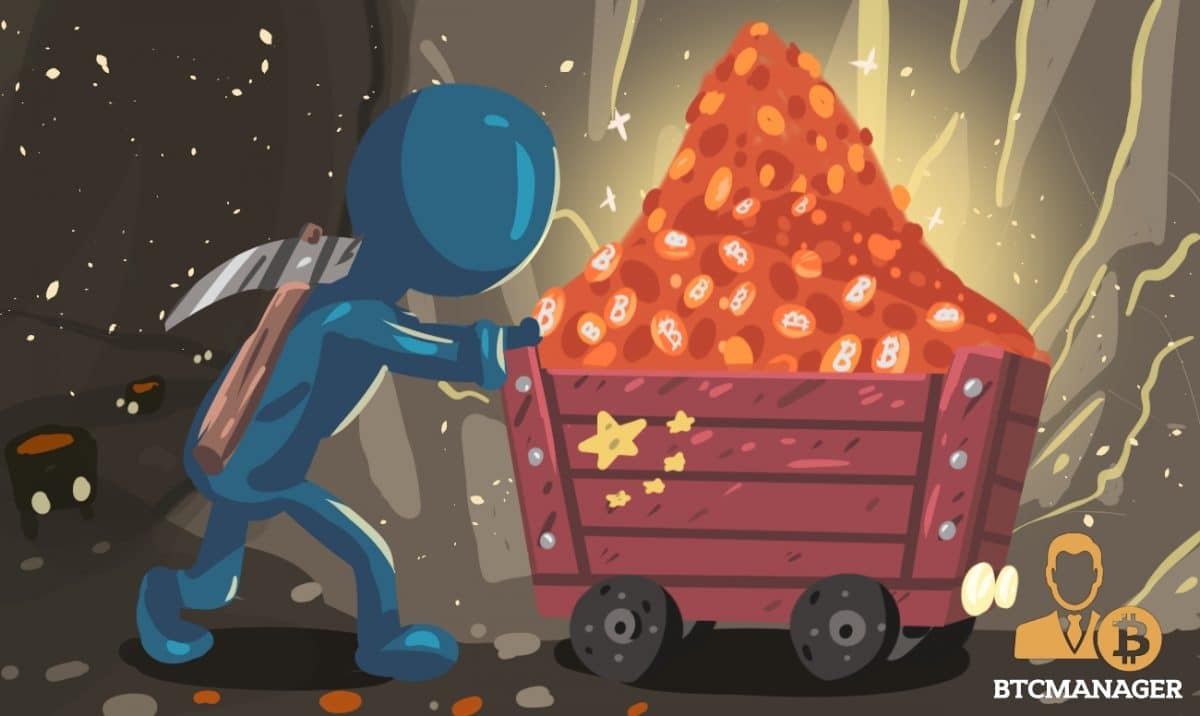China’s Mining Rig Industry Is Still Leading The Way For Bitcoin Miners Worldwide

While the Chinese government is busy shutting down cryptocurrency exchanges and mining farms all across the mainland, the suppliers of Chinese mining hardware have barely felt the heat of the crackdown.
Sailing the Rocky Crypto Seas
Not just the government’s stringent policy, but the mining hardware industry in the country has also comfortably sailed through high volatility in crypto prices.
Bitcoin hit a record high in December 2017 when it peaked at nearly $20,000. However, shortly after, things started going downhill for the highest valued virtual coin, briefly falling below $6,000 as of on February 5, 2018.
And it’s not just bitcoin, most altcoins including ethereum and litecoin have undergone a downward trend since the beginning of 2018.
The worrying decline in crypto prices can be partially attributed to possible regulatory clampdown in various countries, as well as the anxiety triggered by several high-profile thefts and raids.
A substantial portion of China’s mining hardware sales goes to Russia and India, where the governments haven’t taken any serious action against the crypto market yet.
Mining is Becoming Increasingly Tougher
For the uninitiated, mining requires a computer and a special program that helps miners compete with other miners across the world in solving complicated mathematical problems. Such is the complexity of these problems that you would typically require powerful computing resources.
As per the bitcoin protocol, the total number of bitcoin that will ever exist stands at 21 million. Miners try hard to “dig” them out. They do this by creating blocks of validated transactions so they can be included in the blockchain. Upon successful completion of the task, they are rewarded for their work with bitcoins.
Mining is key to all cryptocurrencies including bitcoin because it makes the network stable and secure. However, by design, bitcoins and all other cryptocurrencies become increasingly more difficult to mine. In fact, according to some estimates, the challenge increases by nearly eight percent every 13 days as more bitcoins are extracted.
To date, miners have unearthed more than 16 million bitcoins out of 21 million.
Subsequently, mining tools have become increasingly more sophisticated. There was a time when you could mine cryptocurrencies using your personal computer. However, these days you have to have expensive machines with highly sophisticated chips known as Application Specific Integrated Circuit (ASIC) to be a successful miner.
These ASIC chips have more computational power, and they require less electricity compared to regular chips. Moreover, they are specialized to mine cryptocurrencies exclusively.
The World depends on China for Mining Rigs
Despite government crackdown on the crypto economy, China still accounts for over 66 percent of the world’s mining power. That’s primarily because it has the highest number of ASIC machine suppliers.
Among the most popular of these machines are the AntMiner S9 by Beijing-based Bitmain Technologies and the Avalon 6, designed and developed by Hangzhou-based Canaan.
To put things into perspective, an AntMiner S9 with a top speed of 13.5 trillion hashes per second can mine 0.0013 bitcoin a day. That’s roughly equivalent to $10 by bitcoin’s current fiat evaluation.
Considering that each of these machines costs a staggering $2,320, a miner with one S9 will need hundreds of days of round-the-clock computing just to reach the break-even point.
Despite their staggering prices, mining-specific rigs like the AntMiner S9 and Avalon 6 are doing commercially well due to their high demand. For example, Canaan sold more than 160,000 Avalon 6’s across the world by the end of April 2017 (the number has increased substantially over the past ten months).













